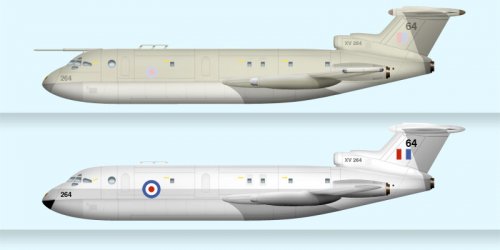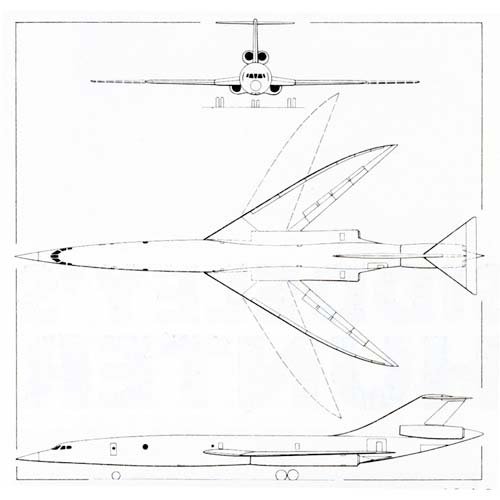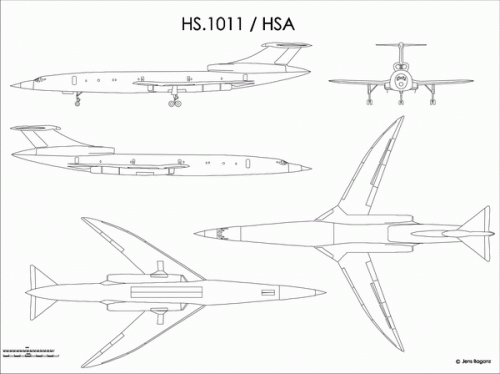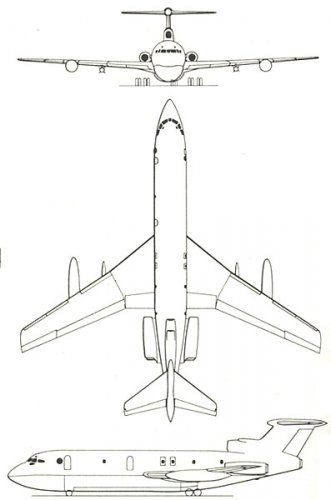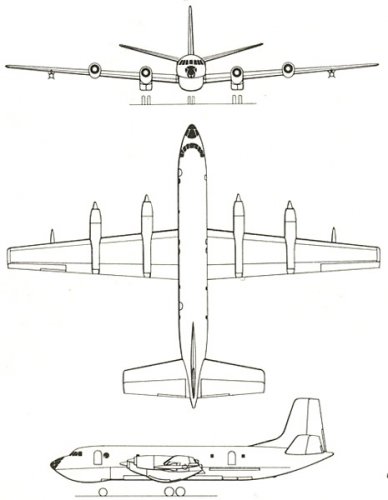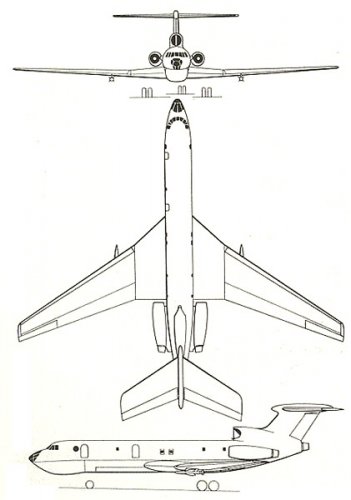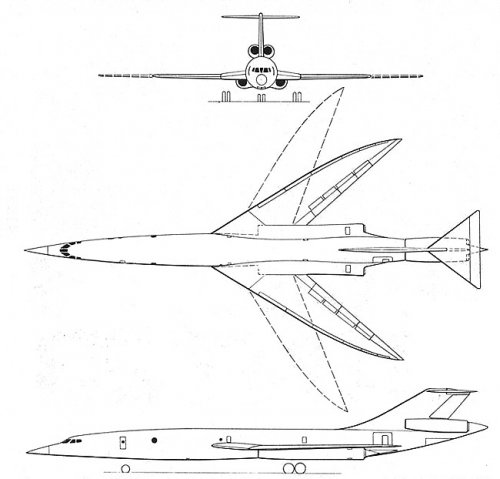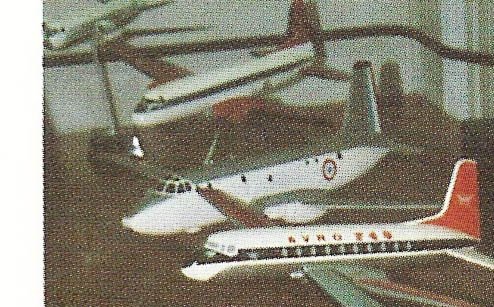- Joined
- 6 September 2006
- Messages
- 4,463
- Reaction score
- 8,022
A question I meant to ask some time ago but only just around to.
In the back of 'Stuck on the Drawing Board' by Richard Payne in the Project Lists section it mentions the HS1011 VG supersonic airliner designed as a a 'no boom' type. It claims this is "A commercial derivitive of the design submitted for the Maritime Reconnaissance contract based on the de Havilland's DH 130 proposal." Looking under de Havilland reveals nothing more. So I took a look in Tony Buttler's 'British Secret Projects: Jet Bombers Since 1949'. His project list under HS and DH reveals nothing and the Chapter dealing with A/S aircraft makes no reference to either the DH 130 nor the HS design to OR.350.
Was it therefore a serious project or a competitor to a different requirement?
In the back of 'Stuck on the Drawing Board' by Richard Payne in the Project Lists section it mentions the HS1011 VG supersonic airliner designed as a a 'no boom' type. It claims this is "A commercial derivitive of the design submitted for the Maritime Reconnaissance contract based on the de Havilland's DH 130 proposal." Looking under de Havilland reveals nothing more. So I took a look in Tony Buttler's 'British Secret Projects: Jet Bombers Since 1949'. His project list under HS and DH reveals nothing and the Chapter dealing with A/S aircraft makes no reference to either the DH 130 nor the HS design to OR.350.
Was it therefore a serious project or a competitor to a different requirement?

